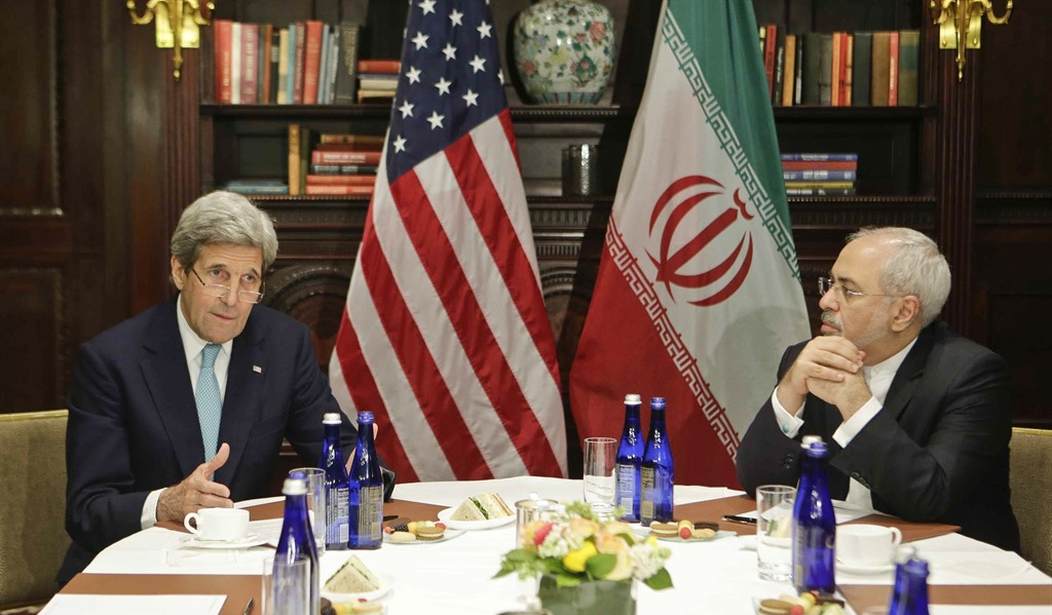Agreed to on July 14, 2015, we are fast approaching the first year anniversary of the Joint Comprehensive Plan of Action (JCPOA) between Iran and the world powers. The next couple of weeks are an ideal time to evaluate what changes have occurred in the interim.
Regional Instability
According to Matthew McGinnis, a scholar at the American Enterprise Institute, about a year after the nuclear deal with Iran, it is embroiled in several major regional conflicts. Two are “hot” ones: against opposition and Islamist groups in Syria and Islamic State in Iraq. The more are “colder” ones: a regional feud with Saudi Arabia and efforts against Israel in southern Lebanon and the Golan Heights, which are shaped by the Syrian Civil War.
On Apr. 3, 2016, United Arab Emirates Ambassador Yousef al Otaiba stated in the Wall Street Journal that, “One Year after the Iran Nuclear Deal—don’t be fooled. The Iran we have long known—hostile, expansionist, violent—is alive and well.” On June 29, he was on a panel I attended in Washington and elaborated on the argument in the WSJ. In October, November and in early March, Tehran conducted ballistic-missile tests in violation of UN Security Council resolutions.
Regarding March fighting in Yemen, the French navy seized a large cache of weapons en route from Iran to the Houthis in rebellion against the UN-backed legitimate government. In late February, Australia intercepted a ship off the coast of Oman with thousands of rocket-propelled grenades. In December, Tehran fired rockets dangerously close to a U.S. aircraft carrier in the Strait of Hormuz, a few weeks before detaining a group of American sailors.
Unknown Compliance
What about an International Atomic Energy Agency May 27, 2016 report on Iran’s compliance with the nuclear deal? Seeing the best in the nuclear agreement requires ignoring the obvious weaknesses in the IAEA report, which does not even specify how much low-enriched uranium the Islamic Republic has stockpiled, how many centrifuges are running at the Natanz enrichment site or whether enrichment activities have actually stopped at Fordow. That’s because under the terms of the nuclear deal, Iran only needs to demonstrate minimum openness. The head of the UN watchdog nuclear agency says that although Iran seems to be adhering to the letter of the deal, “his inspectors are stretched thin by the task of monitoring compliance across a country the size of Alaska.”
Recommended
The Way Forward
Considering lack of real compromise from Iran and its posture toward the rest of the world, the forthcoming anniversary is a fine time to admit that it is time to consider removal of Iran’s theocratic dictatorship and establishment of a popularly-elected democratic government.
Mid-July will be doubly fortuitous. Even before we mark the anniversary of the nuclear deal, the world will have an opportunity to hear from the resistance against the unelected Iranian theocracy and a plan of the oppositionists for a democratic alternative: There is to be a rally of supporters of the National Council of Resistance of Iran (NCRI), called “Iran Freedom” rally in Paris on July 9. Last year’s event drew over 100,000 people.
One path forward is to recognize that a core argument of the Obama administration’s case for marketing the Iran nuclear deal is the narrative that the election of Hassan Rouhani and other Iranian “moderates” made the deal possible. White House Deputy National Security Advisor for Strategic Communications Ben Rhodes admitted, that such a story was “the center of the arc” of a false narrative that was “largely manufactured” for the purpose of selling the deal.
The NCRI rejects the idea that the nuclear deal will lead to a more moderate Iran, or strengthen the role of “moderates” in Tehran. Moreover, Iranian dissidents do not accept the conventional wisdom that the regime is immune to regime change from within. The trend of events in Iran since last year lends credence to view that regime change by Iranians is within reach.
In view of regional instability and unknown compliance in the aftermath of the nuclear deal with Iran, anyone who is still on the fence about the way forward for U.S. policy toward Iran would be well-advised to listen to what the NCRI and its American, European and Middle Eastern allies have to say at their rally. Once their voices have been heard, the international community should have a clearer idea how to bring about regime change from within. In this regard, my research suggests supporting the democratic alternative to the Iranian regime is the road to regional stability and nuclear compliance.

























Join the conversation as a VIP Member